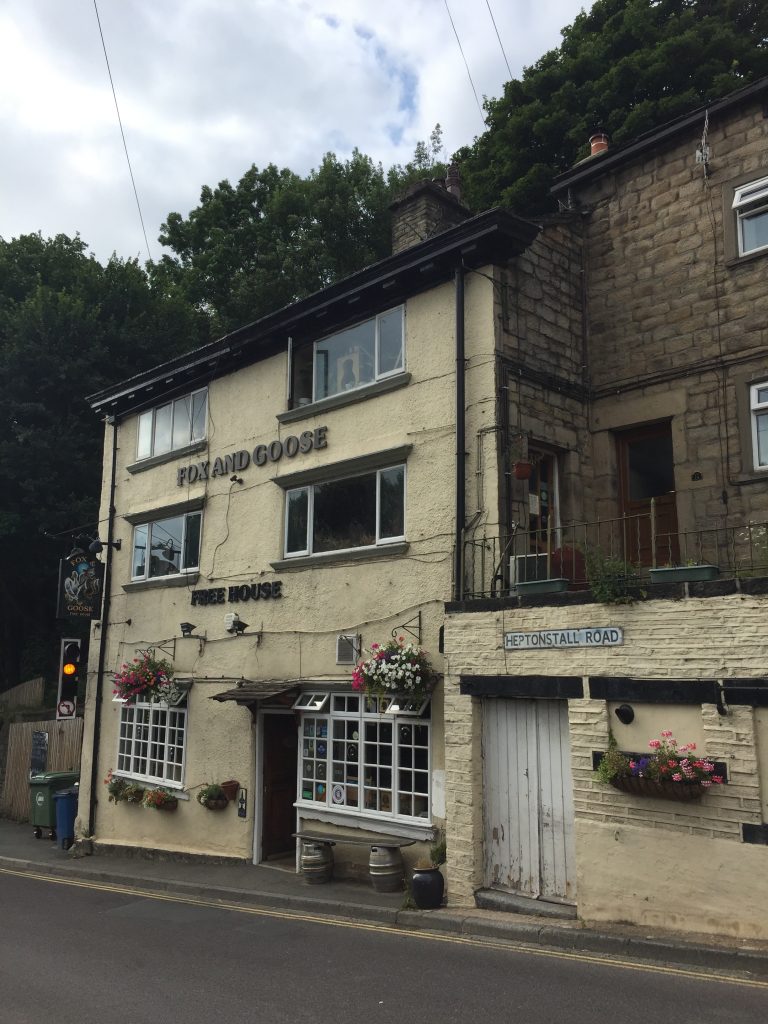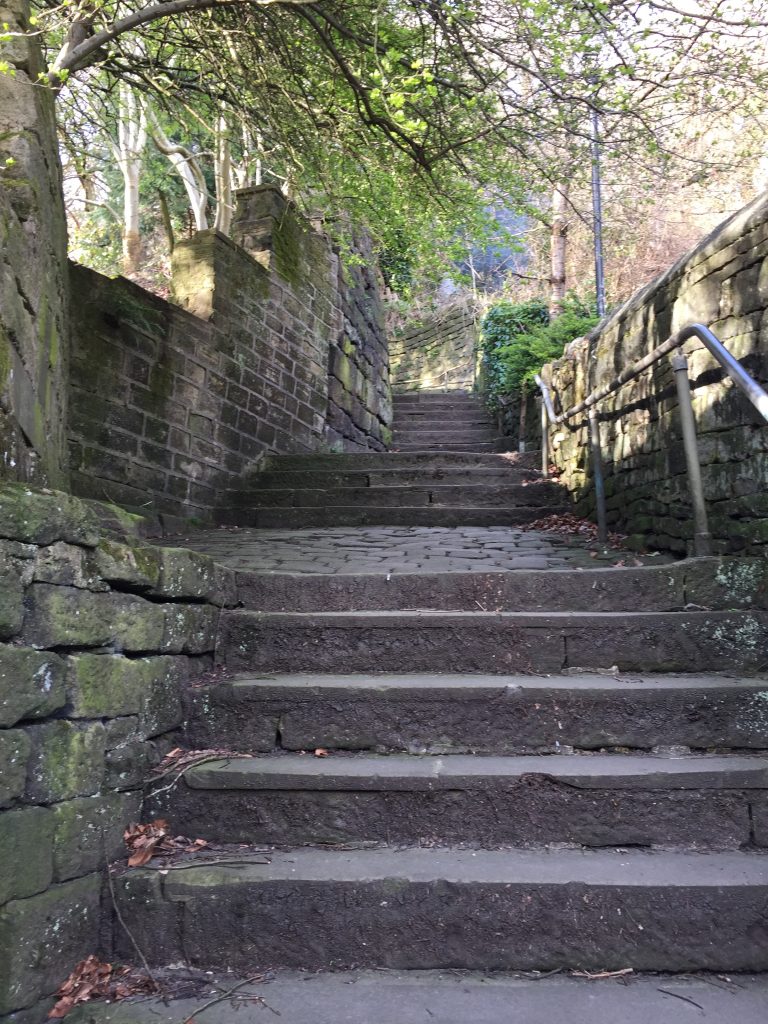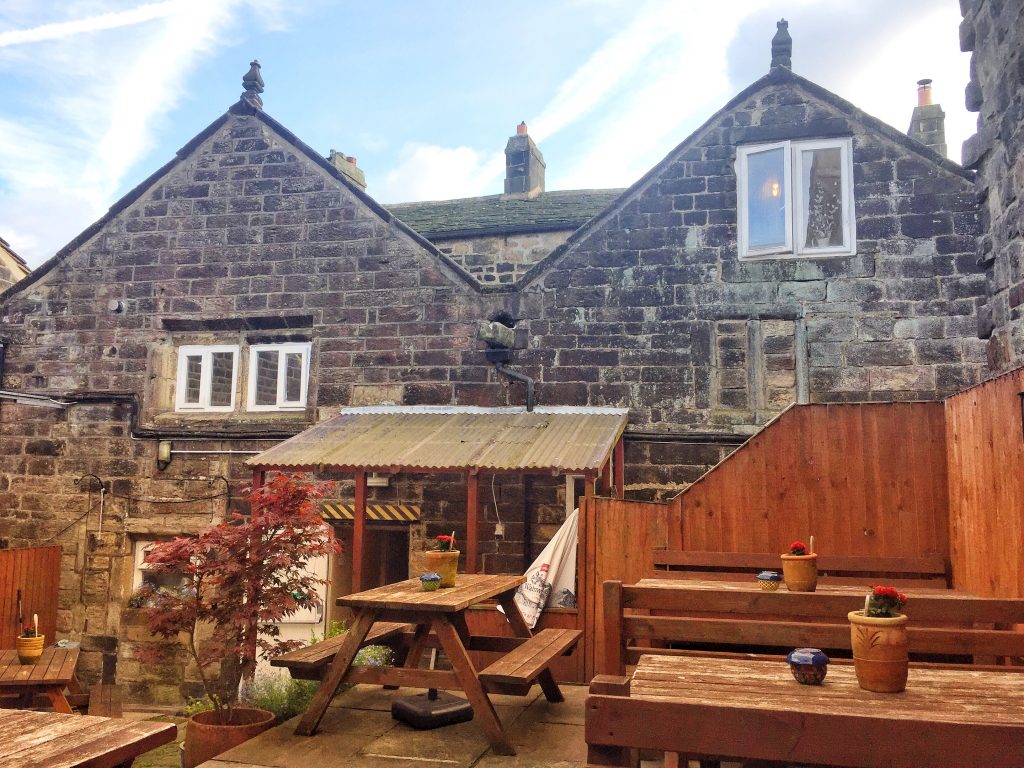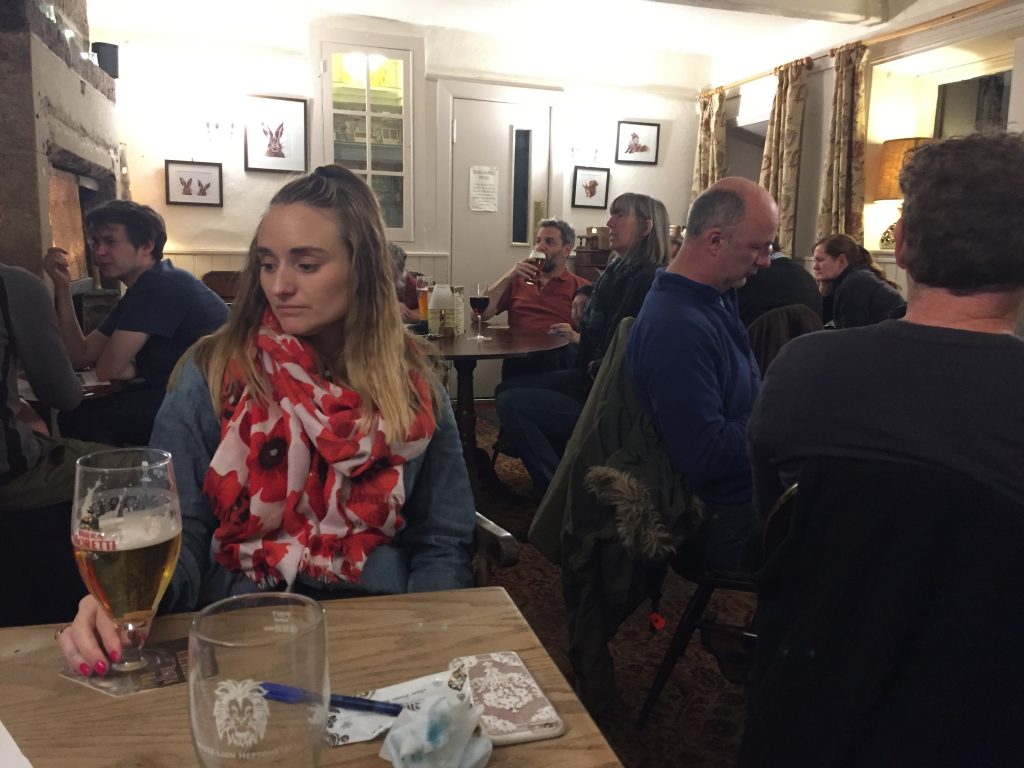But ten years later Paul’s connection with another story in the paper is no laughing matter. By this time Paul and Sarah Ann’s daughter Ellen was 35 and living at home at The Fox and Goose along with her sister Mary, a fustian tailoress and brother James, a clerk for a courier. Ellen had no occupation listed on the census of 1891 which is unusual, though on previous censuses she had been listed as a fustian machinist.

She ‘helped around the house’ we are told by her father in the newspaper report entitled ‘Another Sensational Suicide.’ Following a serious bout of influenza she had been afflicted with much pain in her head and back and had been attended to by the local doctor. Shortly after her illness her brother Richard and his wife went away on holiday to Blackpool for a few days and had given their house key to Ellen so that she could look after the cat, the dog and the bird while they were away. Richard, a skilled fustian cutter, his wife, Grace, a tailoress and their son lived on Stoney Lane, part of the now demolished Bridge Lanes area.

One Spring morning I stood on Market Street at the bottom of Stoney Lane. A narrow passageway bounded on both sides by three storey houses led to a long flight of steps rising steeply to Heptonstall Road. Did I say long? Can I underline steep? The sun never penetrates this flight of stairs and the cobbles linking one flight to the next were covered in wet, very slippery moss. The steps are known as Cuckoo Steps after the mill close by. I was thankful for the wrought iron handrail and steadied myself several times on the climb. The stone steps had that familiar saddle shaped appearance from a century’s wear but no horses used this passage. At the top of the flight a path led to Heptonstall Road. Where once Richard’s house would have stood the path is today edged by ferns and brambles, all that remains of the once tightly packed community of Bridge Lanes.

One day during her brother’s holiday Ellen had left the Fox and Goose and didn’t return that night. Her parents were not anxious. They thought that she’d gone up to Heptonstall to help her sister Annie look after a boy who was ill for Annie was now keeping the White Lion in Heptonstall with her husband, John Butterworth.

When I first visited the White Lion I had no idea of its connection with my family’s story. When Richard returned from his holiday he called in at the Fox and Goose to get his key back from Ellen no doubt descending the steps where I was standing , but found that she hadn’t been home the previous night. When the family checked with her sister and found that she hadn’t been to the White Lion either they went to Richard’s house, broke down the door, it being barred on the inside. Laid out on the bed, fully clothed was 27 Ellen, a handkerchief tied around her head is if to reduce the pain there. The door crevices had been filled with brown paper and her petticoat had been stuffed at the bottom of the door. The gas tap was open at full. “I should say she had been driven crazy with pain,” stated Mr Clay at the inquest and a verdict was returned – that she had suffocated herself with coal gas while in an unsound state of mind.” 28Perhaps the first thing that came to mind when I read this was the suicide of Sylvia Plath, wife of the poet laureate Ted Hughes whose demise has been recounted in detail in many sources. A much less detailed account was the attempted suicide of my grandmother’s second husband, Harry Hall, who attempted to gas himself just days after their marriage. He survived and lived for four more years dying of natural causes – in the county mental hospital.

Leave a Reply